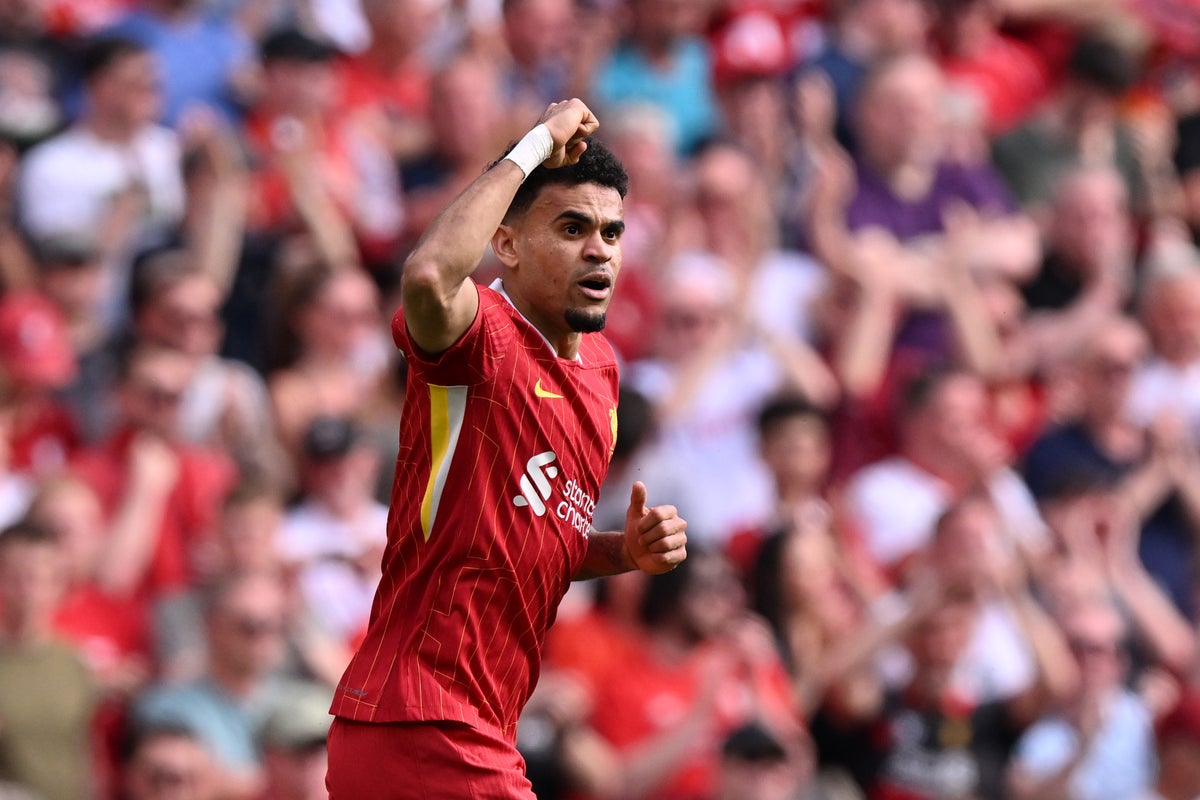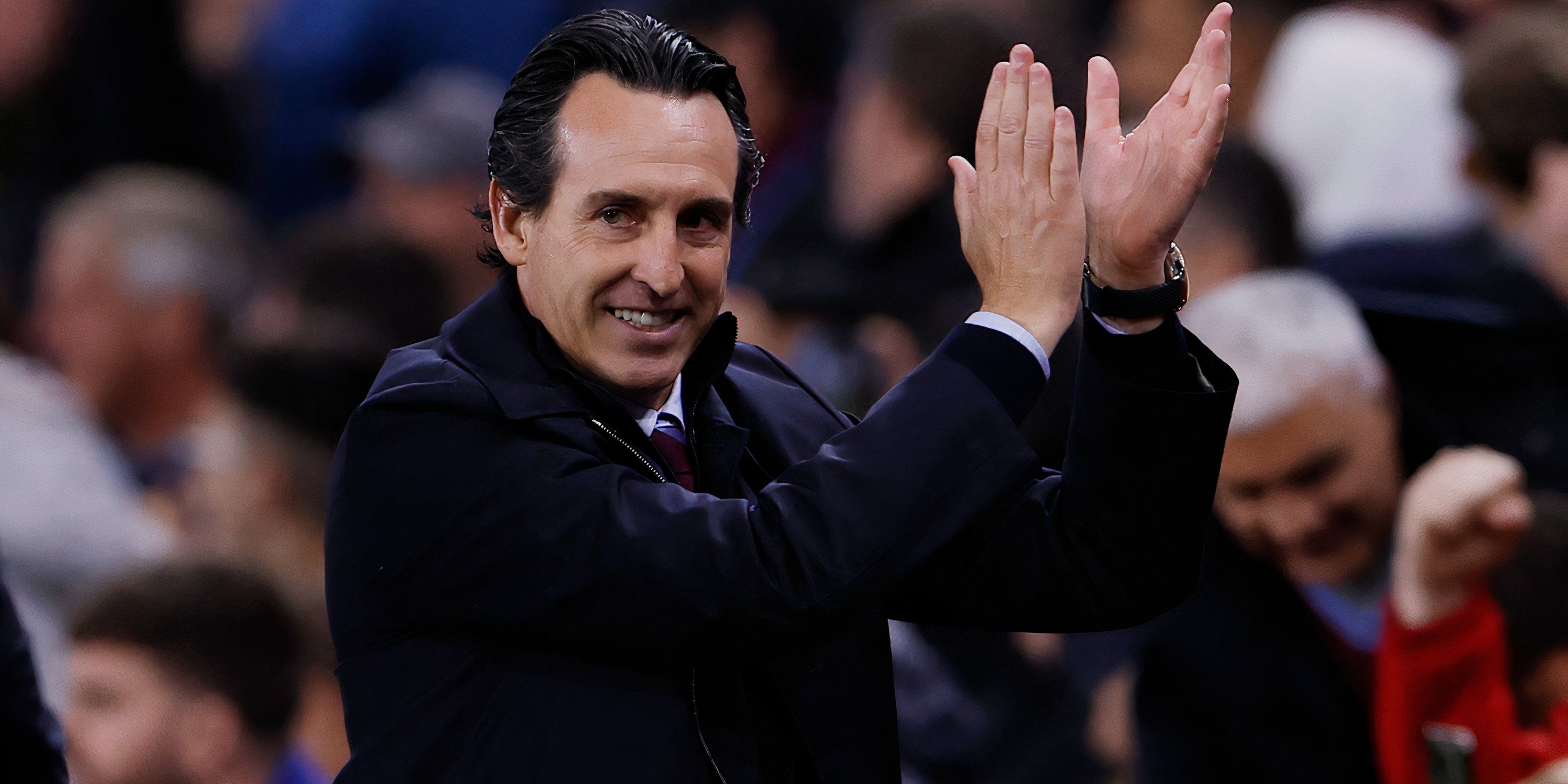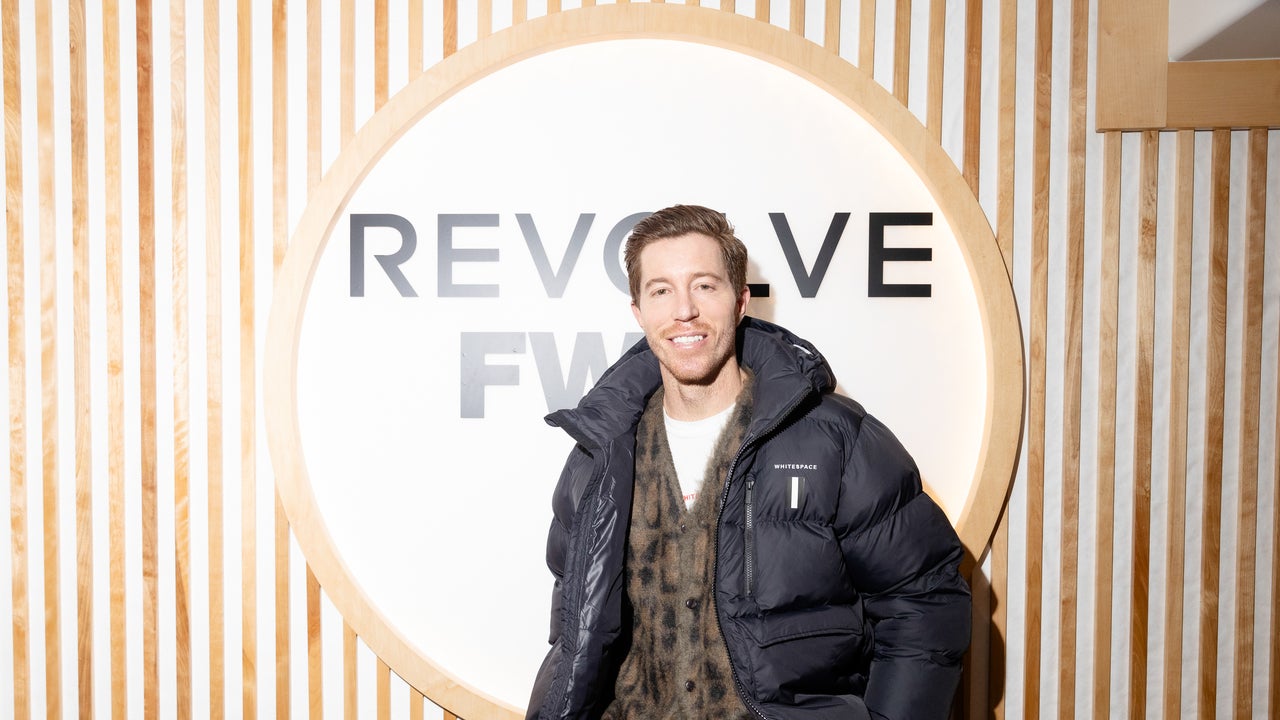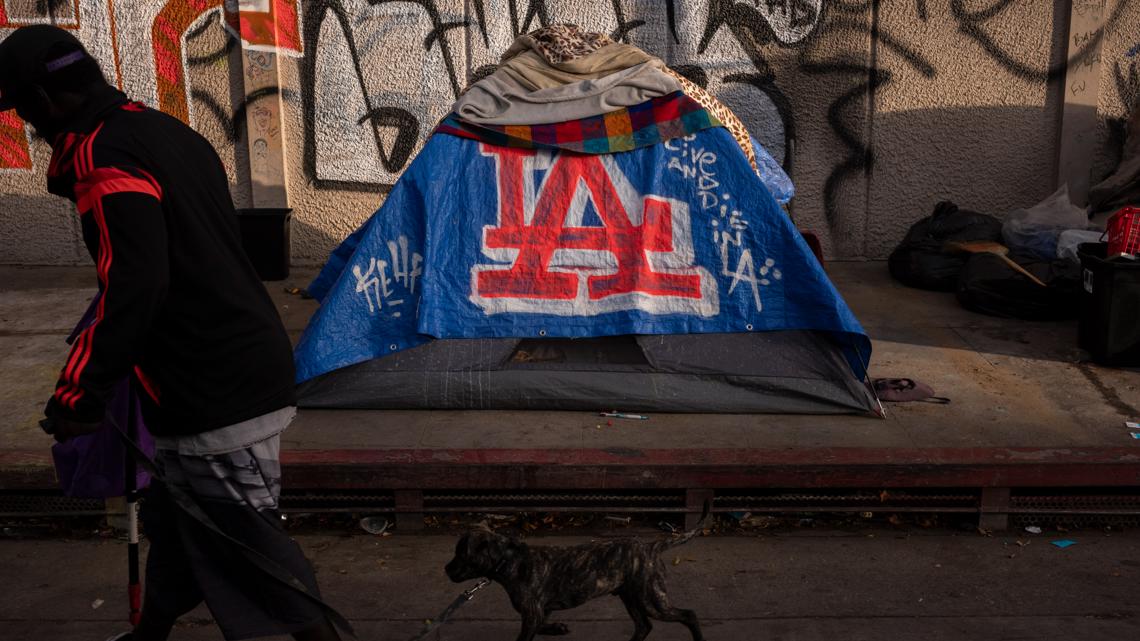Remember when the Dallas Mavericks concluded an embarrassing 2022-23 season by not dressing Kyrie Irving and Luka Dončić instead of attempting to qualify for the Play-in Tournament? The Mavericks were fined $750,000, and I think that the NBA reached a breaking point in its never-ending saga of star-player rest.
The Board of Governors is set to vote next week on measures that will provide a severe deterrent to resting star players. ESPN’s Adrian Wojnarowski is reporting that new guidelines would include increasing fines for resting star players during nationally televised games, and also for sitting more than one at the same time.
If the proposed measures pass, the fine for the team starts at $100,000. A second offense is $250,000, and each subsequent fine will increase by $1 million. The Athletic’s Shams Charania is reporting that the definition of star player in the proposed measures is any player who has made an all-star or All-NBA team in the last three seasons.
As the NBA showed with the harsh fine that it levied against the Mavericks, the league already has the authority to discipline teams for resting players. I am actually all for franchises being fined for resting players during nationally televised games. The games aired on ESPN/ABC and TNT are supposed to be the NBA’s premiere product whether they are played in May or November.
With national television contracts expiring in 2025, the league is showing its television partners that their pain has been noticed, and real solutions are being considered. The problem, however, is that both the networks and the NBA know that there is no foolproof way to stop coaches and basketball operations personnel from refusing to put players on the floor.
If the Los Angeles Clippers sit Kawhi Leonard for a Tuesday TNT game in December, and they change the designation from “rest” to “injury maintenance,” how is the NBA supposed to prove the team broke a rule? So what if he played the last three games, his knee could be sore that particular night, so he may not play again until Friday.
To rest a player is technically “injury maintenance.” The goal is to prevent the general soreness and muscle strain, as a result of playing an NBA schedule, from turning into something more severe. In professional athletics players get hurt, and sometimes those injuries linger.
Maybe a player is ready for action after the team’s second “we’ll reevaluate in two weeks” timetable, but that hamstring is still not perfect. It will continue to need treatment so that the player does not go back to the sidelines for another nebulous period of time. Part of that treatment can be the trainers telling the coaching staff to not use the player on consecutive nights. Who is the NBA Board of Governors to tell a medically licensed training staff that the team will be punished if ABC Saturday in March is the day that they feel is best for a player to use as a recovery day?
The NBA schedule is a bear. Feel free to complain about how much more comfortable travel is than it used to be, as well as the advancements in medicine and equipment while scolding players for not desiring to play in 82 games — especially when they don’t have a say in that matter.
Players in the NBA are coming into the league at 19 years old with more miles on their legs than Patrick Ewing did when he graduated from Georgetown in 1985. They have to cover more ground on the court than ever before, which requires a lot of quickly changing directions.
With 30 teams in the league as opposed to even 23 when Magic Johnson first got to the NBA, travel is a nightmare. The miles the players traversed in those chartered jets is on average more than professional athletes in any other sport. That results in a lot of nights landing in Denver early in the morning, only to have to ride the bus another half hour to get to the hotel.
The reward for slogging through those 82 games is another two months of even higher-intensity playoff basketball to attempt to win an NBA Championship. Player rest is an inconvenience, but it is also inevitable.
The grind is brutal, so sometimes a night off for players who aren’t technically “injured” is the best way to keep players from spending two week’s worth of games in a Gucci bucket hat instead of a jersey.
It would be best if teams didn’t sit their players for nationally televised games, but if the doctors say a player needs to sit, there is no rule the NBA Board of Governors can pass to get that player on the floor.
















